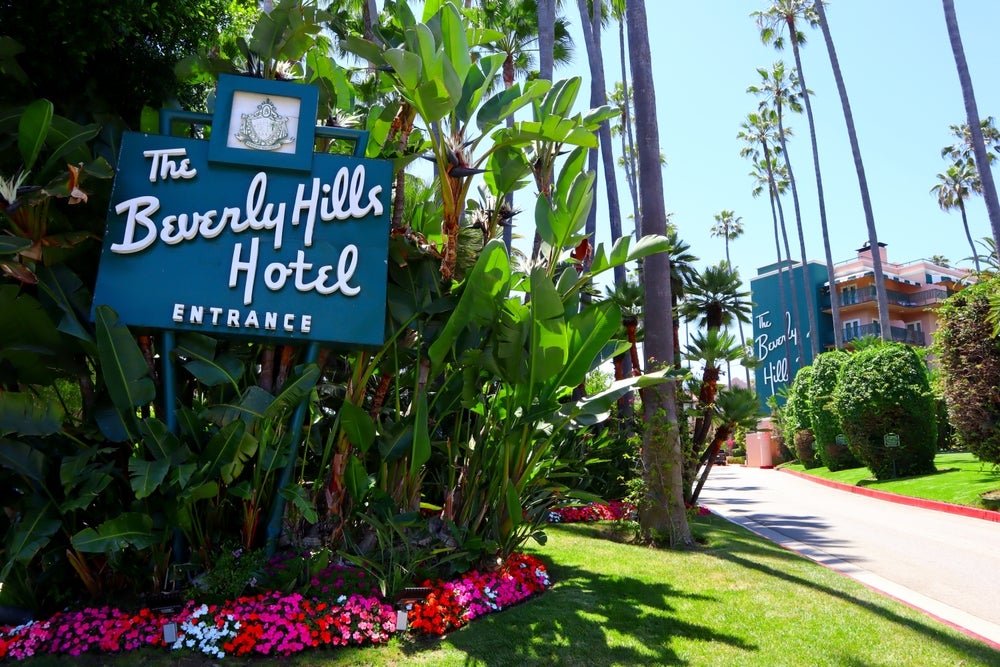
The ultra-wealthy in the US are splurging on luxury lodgings, nudging prices to new highs. / Credit: Walter Cicchetti via Shutterstock
The United States hotel industry is splitting in two, with luxury hotel bookings rising even as overall demand softens.
New data published today, 18 October 2025, show high-end hotels reporting higher revenue while economy properties face falling occupancy and room rates.

Combine business intelligence and editorial excellence to reach engaged professionals across 36 leading media platforms.
Analysts say stock market gains and rising home values are propping up high-income travellers, who are willing to pay premium prices for high-end hotels, while lower- and middle-income households cut back on travel spending.
Wealthy travellers drive demand for luxury hotels
Enquiries for top-tier stays are rising, according to the Luxury Travel Agency in Nashville, which reports typical nightly rates of $1,500 to $2,500 for destinations such as Miami, New York, Europe and the Caribbean—up from around $900 before the pandemic.
Some clients are accepting quotes as high as $3,500 per night, indicating resilient appetite for five-star hotels and exclusive resorts.
Industry tracker CoStar says revenue at luxury brands including Four Seasons, Ritz-Carlton and St. Regis is up 2.9% so far this year, contrasting with a 3.1% decline at economy hotels.
“The upper end is doing okay, but the lower end is decidedly not,” said Jan Freitag, CoStar’s national director of hospitality analytics, describing an “uneven” market where the high-end traveller continues to book despite wider weakness.
At the property level, some upscale resorts report steady growth. Rancho Valencia near San Diego, where entry-level rooms start at roughly $1,000 per night, says bookings have been strong in 2025, with multi-bedroom residences priced up to $22,000 per night proving popular among repeat guests.
Domestic slowdown and fewer international visitors weigh on the wider market
Beyond the luxury travel segment, the broader US hotel industry is under pressure from weaker domestic demand and a drop in international visitors to the US.
CoStar data indicate two consecutive quarters of declining hotel revenue—a pattern typically seen only during major downturns such as the pandemic, the Great Recession and the aftermath of 9/11. Average room rates have grown more slowly than inflation for eight straight months.
In August, the average daily rate (ADR) across US hotels was essentially flat year on year at $159. Analysts note this headline figure is flattered by price increases at luxury brands; many mid-scale and budget properties are discounting to fill rooms.
Travel businesses in key urban markets report cancellations and softer group bookings. In Washington, D.C., reservations at the Viceroy and Hotel Zena—popular with government travellers and conference attendees—have fallen by double digits from last year, with wedding enquiries also slowing.
Industry sources cite cost-of-living pressures, a cooler jobs market and higher credit card balances as reasons households are postponing trips.
Inbound tourism has also weakened. Research firm Tourism Economics expects overseas travel to the US to fall by more than 8% this year, translating to $8.3 billion in lost spending, with Canadian visits reportedly down 25%.
A softer dollar would usually support inbound demand, but analysts say sentiment and visa frictions are likely weighing on long-haul travel plans.
Spending power concentrates at the top as hotel strategies shift
Economic growth remains positive, yet spending is increasingly concentrated among higher earners.
Moody Analytics estimates the top 10% of American households—those making $250,000 or more—now account for about half of all consumer spending, up from roughly 35% in the early 1990s.
That divergence is mirrored in travel: some households are cutting holiday budgets, while affluent travellers expand itineraries and shift to premium hotels for service and reliability.
Major chains are recalibrating towards the most resilient demand. Marriott International plans to add nearly 300 luxury hotels to its portfolio of about 670, while Hilton Worldwide intends to almost double its Waldorf Astoria footprint from 36 to 66 properties.
Executives say the strategy reflects clear luxury travel trends—strong loyalty, higher RevPAR potential and less price sensitivity at the top end.
For consumers, the gap is visible in pricing and experience. Travellers with rising incomes and robust rewards balances report choosing five-star resorts more often, citing service differences compared with mid-tier hotels.
Meanwhile, households facing tighter budgets describe cutting back on holidays altogether, prioritising bills over discretionary travel expenses.
Sign up for our daily news round-up!
Give your business an edge with our leading industry insights.


